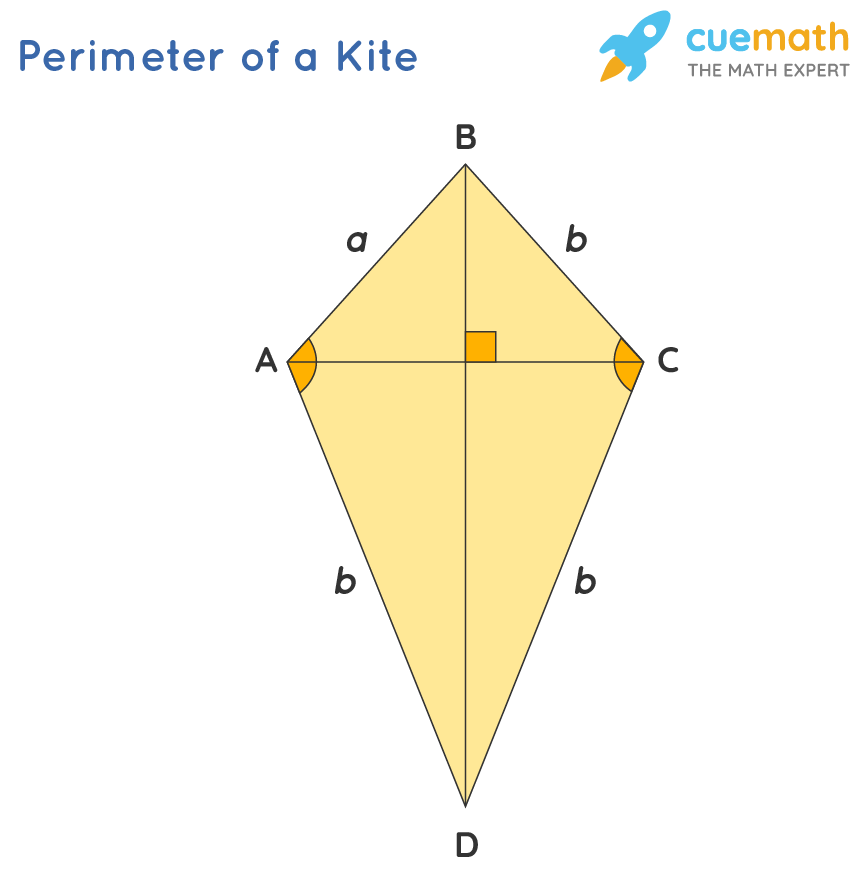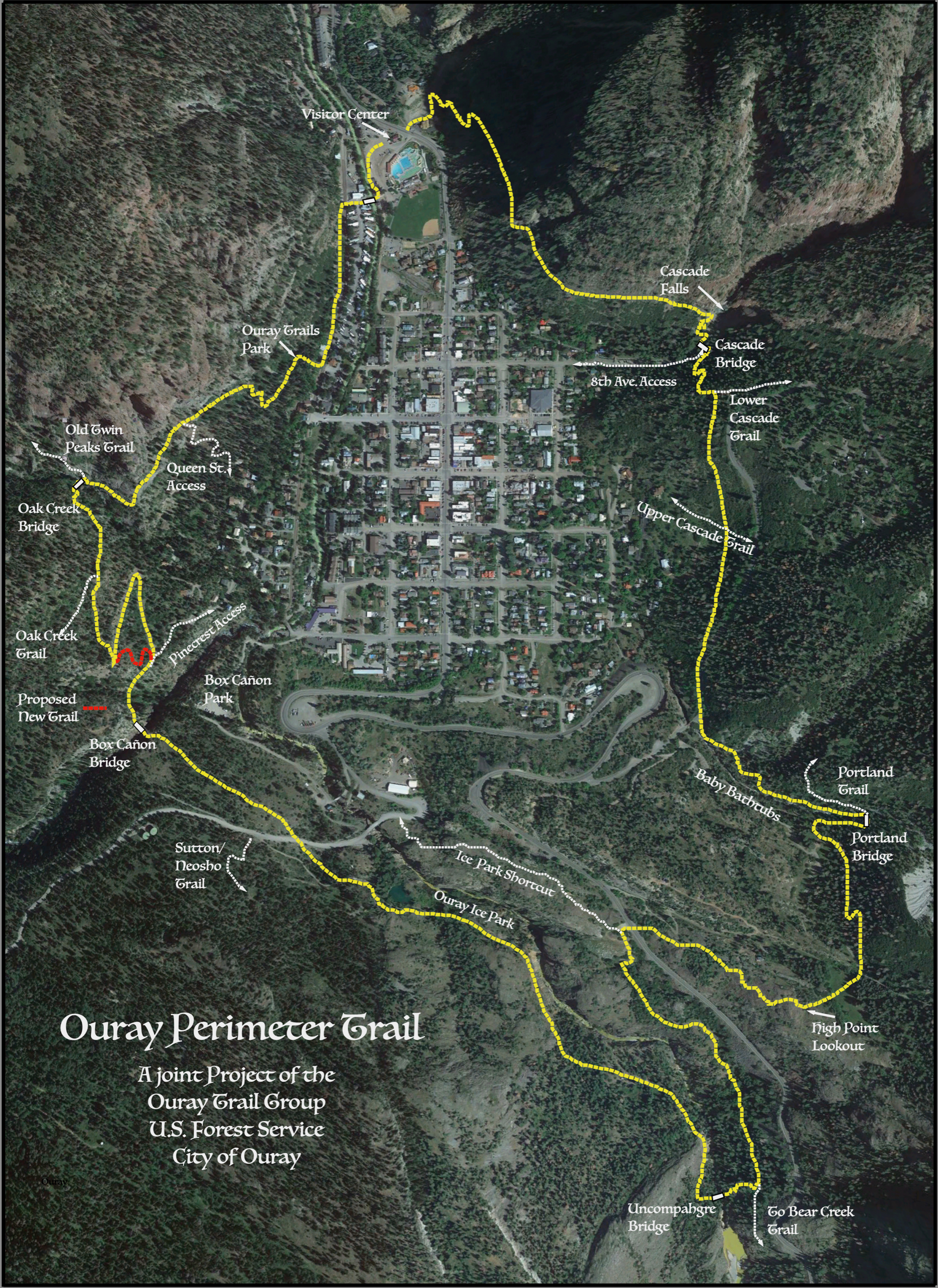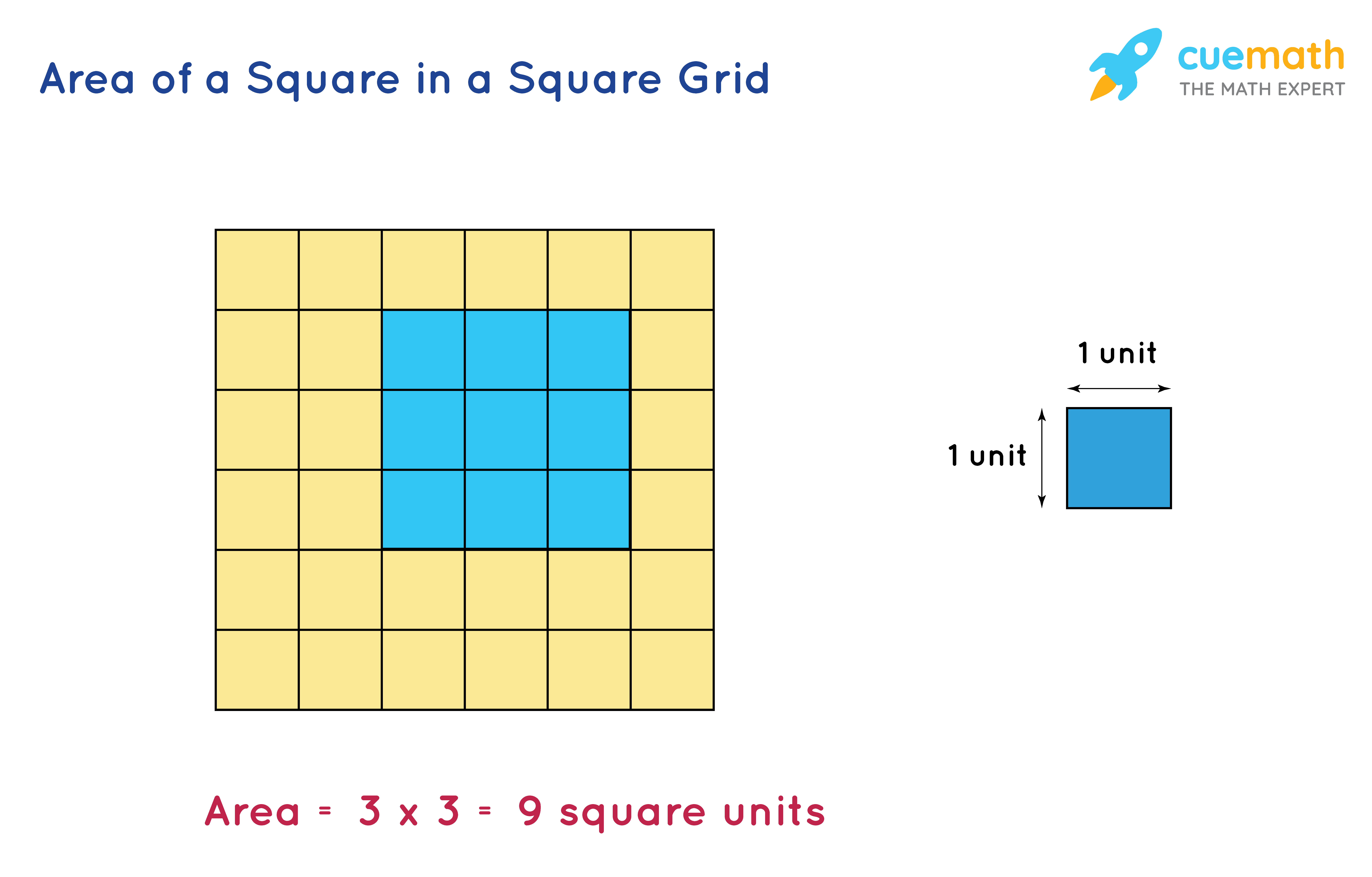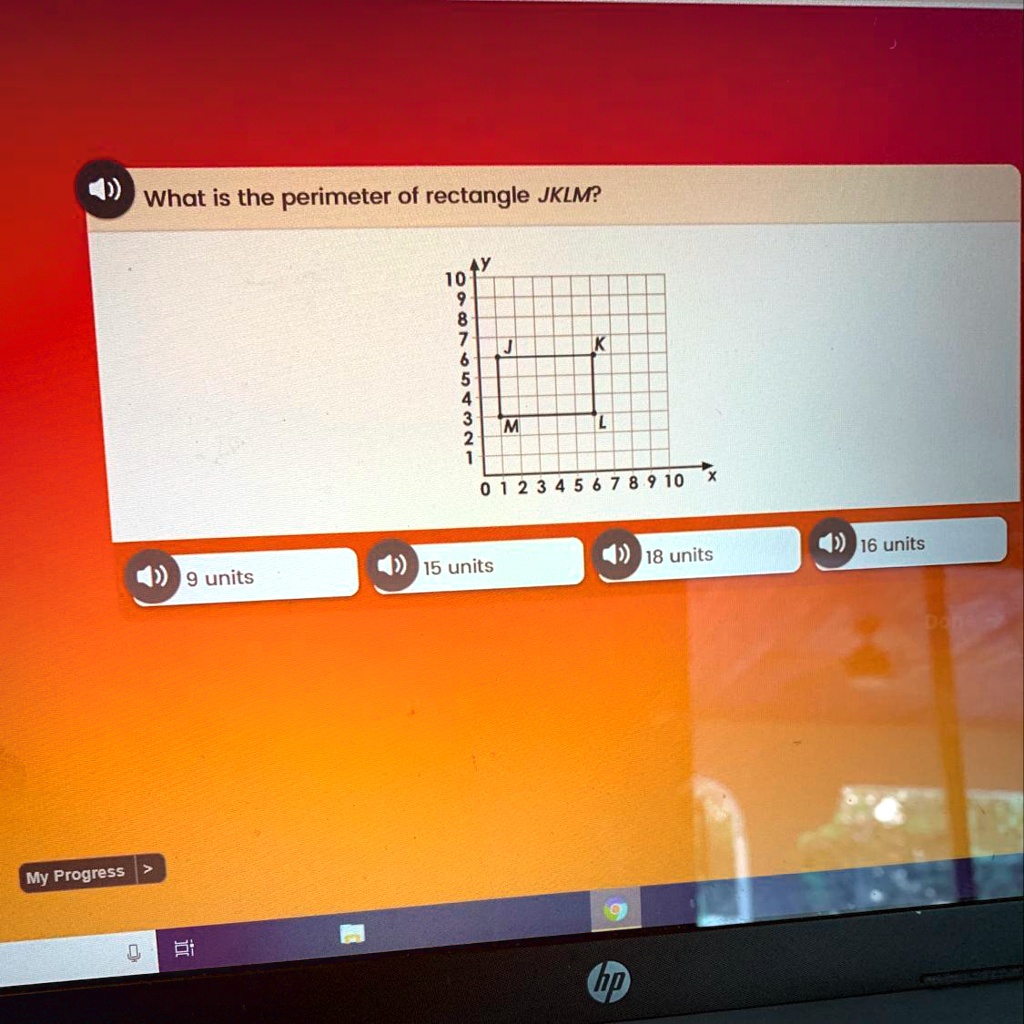Topic perimeter of a kite: Understanding the perimeter of a kite is essential for students and geometry enthusiasts. This guide simplifies the process with clear formulas, step-by-step instructions, and practical examples. Dive in to learn how to calculate the perimeter of a kite effortlessly and apply this knowledge to real-life scenarios. Let's make geometry fun and accessible!
Table of Content
- Perimeter of a Kite
- Introduction to the Perimeter of a Kite
- Definition and Properties of a Kite
- Basic Geometry of a Kite
- Formula for the Perimeter of a Kite
- Step-by-Step Calculation
- Example Problems and Solutions
- Applications in Real Life
- Common Mistakes and Tips
- Practice Exercises
- Advanced Topics Related to Kites
- Summary and Conclusion
- References and Further Reading
- YOUTUBE: Video hướng dẫn từng bước cách tính diện tích và chu vi của hình diều, phù hợp cho học sinh và giáo viên muốn tìm hiểu thêm về hình học.
Perimeter of a Kite
The perimeter of a kite is the total distance around the kite. A kite is a quadrilateral with two distinct pairs of adjacent sides that are equal in length.
Formula for Perimeter
The perimeter \( P \) of a kite can be calculated using the following formula:
\[
P = 2a + 2b
\]
where \( a \) and \( b \) are the lengths of the two pairs of adjacent sides.
Steps to Calculate the Perimeter
- Identify the lengths of the two pairs of adjacent sides. Let's call them \( a \) and \( b \).
- Multiply the length of the first pair of sides \( a \) by 2.
- Multiply the length of the second pair of sides \( b \) by 2.
- Add the results from steps 2 and 3 to get the perimeter.
Example Calculation
Suppose we have a kite with side lengths \( a = 5 \) units and \( b = 3 \) units.
Using the formula:
\[
P = 2a + 2b = 2 \times 5 + 2 \times 3 = 10 + 6 = 16 \text{ units}
\]
Therefore, the perimeter of the kite is 16 units.
Additional Information
- The pairs of adjacent sides in a kite are of equal length.
- Kites have an axis of symmetry along one of their diagonals.
- The diagonals of a kite intersect at right angles (90 degrees).

READ MORE:
Introduction to the Perimeter of a Kite
A kite is a unique quadrilateral with two distinct pairs of adjacent sides that are equal in length. Understanding the perimeter of a kite is essential in various mathematical applications, from basic geometry to real-world problem-solving.
The perimeter of a kite is the total distance around its edges. To calculate this, one must simply add the lengths of all four sides. This can be expressed using the formula:
\[
P = 2a + 2b
\]
where \( a \) and \( b \) represent the lengths of the two pairs of adjacent sides. The simplicity of this formula makes it easy to remember and apply.
To better comprehend the concept, consider a step-by-step approach:
- Identify the lengths of the sides: Measure or obtain the lengths of the two pairs of adjacent sides, denoted as \( a \) and \( b \).
- Apply the perimeter formula: Use the formula \( P = 2a + 2b \) to calculate the perimeter by plugging in the values of \( a \) and \( b \).
- Sum the lengths: Add the doubled values of \( a \) and \( b \) to find the total perimeter.
Understanding this basic yet fundamental property of a kite aids in further exploration of its geometric properties and applications. With this knowledge, one can solve various problems involving kites with ease and accuracy.
Definition and Properties of a Kite
A kite is a special type of quadrilateral characterized by its unique geometric properties. Understanding the definition and properties of a kite is essential for delving deeper into its perimeter and other related geometric concepts.
Definition: A kite is defined as a quadrilateral with two distinct pairs of adjacent sides that are equal in length. This property sets it apart from other quadrilaterals like parallelograms and trapezoids.
Properties of a Kite:
- Two pairs of equal adjacent sides: In a kite, the lengths of two pairs of adjacent sides are equal. If we denote these sides as \( a \) and \( b \), then the kite has two sides of length \( a \) and two sides of length \( b \).
- One pair of opposite angles are equal: The angles between the pairs of equal sides are congruent.
- Diagonals intersect at right angles: The diagonals of a kite intersect each other at 90 degrees, forming four right angles at the point of intersection.
- One diagonal bisects the other: The longer diagonal of a kite bisects the shorter diagonal at the point where they intersect.
- Symmetry: A kite has one axis of symmetry along the longer diagonal.
Visual Representation:
|
|
|
Diagram of a Kite showing sides \( a \) and \( b \), diagonals, and angles. |
These properties are crucial for understanding the geometric nature of kites and for solving problems related to their perimeter, area, and other characteristics.
Basic Geometry of a Kite
A kite is a quadrilateral with two distinct pairs of adjacent sides that are equal in length. This geometric shape has unique properties that differentiate it from other quadrilaterals.
- Sides: A kite has two pairs of equal-length sides. The pairs of equal sides are adjacent to each other.
- Angles: The angles between the unequal sides are equal. This means that the angles where the two pairs of sides meet are equal.
- Diagonals: The diagonals of a kite intersect at right angles (90 degrees). One of the diagonals bisects the other, meaning it cuts the other diagonal into two equal parts.
These properties can be summarized in the following table:
| Property | Description |
|---|---|
| Sides | Two pairs of adjacent sides are of equal length. |
| Angles | Angles between unequal sides are equal. |
| Diagonals | Diagonals intersect at right angles; one diagonal bisects the other. |
The perimeter of a kite can be calculated by adding the lengths of all its sides. Since there are two pairs of equal sides, the formula for the perimeter (P) is:
\( P = 2(a + b) \)
Where:
- \(a\) = length of one pair of equal sides
- \(b\) = length of the other pair of equal sides
For example, if a kite has sides of lengths 9 cm and 7 cm, its perimeter would be:
\( P = 2(9 + 7) = 2 \times 16 = 32 \) cm
Understanding these basic geometric properties and the formula for the perimeter helps in solving various problems related to kites and applying this knowledge to real-life situations.
Formula for the Perimeter of a Kite
The perimeter of a kite can be calculated using the lengths of its sides. A kite is a quadrilateral with two distinct pairs of adjacent sides that are equal in length. To find the perimeter, you simply add up the lengths of all four sides.
The formula for the perimeter \(P\) of a kite is given by:
\( P = 2a + 2b \)
where:
- \(a\) is the length of each of the two equal sides.
- \(b\) is the length of each of the other two equal sides.
Here’s a step-by-step guide to using the formula:
- Identify the lengths of the two pairs of equal sides of the kite.
- Multiply the length of one pair by 2.
- Multiply the length of the other pair by 2.
- Add these two results together to get the perimeter.
For example, if the lengths of the sides are as follows:
- \(a = 5 \, \text{units}\)
- \(b = 7 \, \text{units}\)
Then the perimeter \(P\) can be calculated as:
\( P = 2(5) + 2(7) \)
\( P = 10 + 14 \)
\( P = 24 \, \text{units} \)

Step-by-Step Calculation
To calculate the perimeter of a kite, follow these detailed steps:
-
Identify the side lengths: A kite has two pairs of adjacent sides that are equal in length. Let's denote the lengths of these pairs as \(a\) and \(b\).
-
Formula for the perimeter: The perimeter \(P\) of a kite can be calculated using the formula:
\[ P = 2(a + b) \]
-
Substitute the side lengths into the formula: Insert the known values of \(a\) and \(b\) into the formula.
- Example: If \(a = 9.3\) cm and \(b = 17\) cm, then:
- \[ P = 2(9.3 + 17) \]
-
Perform the addition: Add the lengths of the pairs of sides.
- \[ P = 2(26.3) \]
-
Multiply by 2: Finally, multiply the result by 2 to get the perimeter.
- \[ P = 52.6 \text{ cm} \]
Here are a few more examples to illustrate the process:
| Example | Values of \(a\) and \(b\) | Calculation | Perimeter |
|---|---|---|---|
| 1 | \(a = 15\) in, \(b = 18\) in | \[ P = 2(15 + 18) = 2(33) \] | 66 in |
| 2 | \(a = 20\) cm, \(b = 35\) cm | \[ P = 2(20 + 35) = 2(55) \] | 110 cm |
| 3 | \(a = 12\) m, \(b = 10\) m | \[ P = 2(12 + 10) = 2(22) \] | 44 m |
By following these steps and using the provided formula, you can accurately determine the perimeter of any kite given the lengths of its sides.
Example Problems and Solutions
Below are some example problems and their detailed solutions to help you understand how to calculate the perimeter of a kite using the perimeter formula.
Example 1: Equal Sides of a Kite
A kite has two pairs of equal sides. The lengths of the sides are 12 inches and 15 inches, respectively. Calculate the perimeter of the kite.
- Identify the lengths of the pairs:
\( a = 12 \) inches
\( b = 15 \) inches - Use the perimeter formula:
\( \text{Perimeter} = 2(a + b) \) - Substitute the values into the formula:
\( \text{Perimeter} = 2(12 + 15) \) - Simplify the equation:
\( \text{Perimeter} = 2(27) \)
\( \text{Perimeter} = 54 \) inches
Therefore, the perimeter of the kite is 54 inches.
Example 2: Sides in a Ratio
The sides of a kite are in the ratio of 3:5. If the smaller side is 24 inches, find the perimeter of the kite.
- Identify the given values:
\( a = 24 \) inches
Ratio \( a:b = 3:5 \) - Calculate the length of side \( b \):
\( \frac{a}{b} = \frac{3}{5} \)
\( b = \frac{5}{3} \times 24 \)
\( b = 40 \) inches - Use the perimeter formula:
\( \text{Perimeter} = 2(a + b) \) - Substitute the values into the formula:
\( \text{Perimeter} = 2(24 + 40) \) - Simplify the equation:
\( \text{Perimeter} = 2(64) \)
\( \text{Perimeter} = 128 \) inches
Therefore, the perimeter of the kite is 128 inches.
Example 3: Using Different Lengths
A kite has sides measuring 18 cm and 22 cm. Calculate its perimeter.
- Identify the lengths of the sides:
\( a = 18 \) cm
\( b = 22 \) cm - Use the perimeter formula:
\( \text{Perimeter} = 2(a + b) \) - Substitute the values into the formula:
\( \text{Perimeter} = 2(18 + 22) \) - Simplify the equation:
\( \text{Perimeter} = 2(40) \)
\( \text{Perimeter} = 80 \) cm
Therefore, the perimeter of the kite is 80 cm.
These examples illustrate how to use the perimeter formula for a kite in various scenarios. Practice these steps to become proficient in calculating the perimeter of kites with different dimensions.
Applications in Real Life
The perimeter of a kite has several real-life applications that showcase its unique properties and versatility. Here are some notable examples:
- Stained Glass Windows: The kite shape is often used in stained glass window designs, creating intricate patterns that are brought to life when light shines through. These windows can be found in churches, museums, and other buildings, adding beauty and elegance to the space.
- Windowpanes: Kite-shaped windowpanes provide a modern and unique look to the architecture of a building. They can be made from materials such as glass, wood, or metal, and are used in both residential and commercial structures.
- Party Decorations: Kite-shaped decorations add a playful and whimsical touch to party decor. Available in various colors and materials, they can be hung from ceilings or placed on tables, enhancing the festive atmosphere.
- Yoga Posture: The Kite posture in yoga involves standing on one foot with the other leg extended behind the body, creating a kite shape. This posture helps improve balance, strength, and flexibility.
- Gardening: When building a fence for a garden to keep out pests, knowing the perimeter is essential for determining the amount of fencing needed. For example, a garden that is 20 feet long by 30 feet wide has a perimeter of 100 feet, indicating the total length of the fence required.
- Surveying: In property surveying, the perimeter of a piece of land is calculated to determine its boundary lines. This measurement is crucial for establishing property limits and for planning construction projects.
- Picture Frames: When creating picture frames, the perimeter helps determine the length of material needed. For instance, a frame for a picture measuring 8 inches by 10 inches requires 36 inches of framing material.
- Building Structures: The perimeter is used to calculate the amount of materials needed for construction projects, such as the amount of lumber for building a shed or the length of molding for doors and windows.
These examples highlight the practical applications of understanding and calculating the perimeter of a kite, demonstrating its importance in various fields and everyday activities.
Common Mistakes and Tips
When calculating the perimeter of a kite, there are several common mistakes that students often make. Being aware of these pitfalls and following some helpful tips can greatly improve accuracy. Here are some of the most common errors and useful tips to avoid them:
Common Mistakes
- Confusing the Pairs of Equal Sides: A kite has two pairs of adjacent sides that are equal. Mixing up these pairs can lead to incorrect perimeter calculations. Always verify which sides are equal before applying the formula.
- Inaccurate Measurements: Even small measurement errors can significantly affect the calculated perimeter. Use precise tools and ensure measurements are accurate.
- Incorrect Formula Application: The perimeter formula for a kite is \( P = 2(a + b) \), where \( a \) and \( b \) are the lengths of the pairs of equal sides. Misapplying this formula by mixing up side lengths or misunderstanding the components can lead to errors.
- Overlooking Units: Ensure all measurements are in the same unit before performing calculations. Mixing units (e.g., centimeters and inches) without conversion can result in incorrect results.
- Assuming All Sides Are Equal: Unlike a square, a kite does not have all sides equal. Each pair of adjacent sides are equal, but the two pairs can have different lengths.
Tips for Accurate Measurement
- Use the Right Tools: Use a ruler or a tape measure with clear and precise markings. Digital measuring tools can also provide high accuracy.
- Measure More Than Once: Measure each side at least twice to ensure accuracy and identify any discrepancies.
- Keep the Measuring Tool Straight: Ensure the measuring tool is aligned perfectly with the edge of the kite to avoid measurement errors.
- Mark Measurements Clearly: Use a pencil to mark the start and end points of your measurements on the kite.
- Consider the Scale: If using a diagram or model, adjust measurements according to the provided scale. This is crucial for non-full-size diagrams.
- Account for Measurement Units: Be consistent with your measurement units to avoid errors due to unit conversion.
- Check for Symmetry: Use the kite’s symmetrical properties to cross-check measurements. Equal sides should measure the same length.
By paying close attention to these details and following these tips, you can accurately calculate the perimeter of a kite and avoid common mistakes.

Practice Exercises
Practicing problems is a great way to understand the perimeter of a kite better. Here are some exercises to help you master this topic:
-
Exercise 1: A kite has sides of lengths 8 cm and 5 cm. Calculate the perimeter of the kite.
Solution:
- Given: Two pairs of adjacent sides, each pair has lengths 8 cm and 5 cm.
- Perimeter \(P\) of a kite = 2(a + b)
- \(P = 2(8 + 5)\)
- \(P = 2 \times 13\)
- \(P = 26\) cm
-
Exercise 2: A kite has two pairs of sides where each pair measures 7 inches and 9 inches. Find the perimeter.
Solution:
- Given: Two pairs of adjacent sides, each pair has lengths 7 inches and 9 inches.
- Perimeter \(P\) of a kite = 2(a + b)
- \(P = 2(7 + 9)\)
- \(P = 2 \times 16\)
- \(P = 32\) inches
-
Exercise 3: The lengths of the sides of a kite are 12 cm and 15 cm. Determine the perimeter.
Solution:
- Given: Two pairs of adjacent sides, each pair has lengths 12 cm and 15 cm.
- Perimeter \(P\) of a kite = 2(a + b)
- \(P = 2(12 + 15)\)
- \(P = 2 \times 27\)
- \(P = 54\) cm
-
Exercise 4: A kite has sides measuring 6.5 inches and 8 inches. What is the perimeter?
Solution:
- Given: Two pairs of adjacent sides, each pair has lengths 6.5 inches and 8 inches.
- Perimeter \(P\) of a kite = 2(a + b)
- \(P = 2(6.5 + 8)\)
- \(P = 2 \times 14.5\)
- \(P = 29\) inches
-
Exercise 5: Calculate the perimeter of a kite with sides 4.5 cm and 7.5 cm.
Solution:
- Given: Two pairs of adjacent sides, each pair has lengths 4.5 cm and 7.5 cm.
- Perimeter \(P\) of a kite = 2(a + b)
- \(P = 2(4.5 + 7.5)\)
- \(P = 2 \times 12\)
- \(P = 24\) cm
Advanced Topics Related to Kites
Understanding the geometry of kites can extend beyond basic perimeter calculations. This section explores advanced topics, including properties, related geometric shapes, and applications in different fields.
1. Properties of Kites
- Symmetry: A kite has an axis of symmetry along one of its diagonals.
- Perpendicular Diagonals: The diagonals of a kite intersect at right angles.
- Congruent Triangles: The diagonals of a kite split it into four right-angled triangles.
2. Calculating Perimeter Using Diagonals
While the basic formula for the perimeter of a kite is \( P = 2(a + b) \) where \( a \) and \( b \) are the lengths of the pairs of adjacent sides, it is also possible to determine the perimeter using the lengths of the diagonals.
For a kite with diagonals \( d_1 \) and \( d_2 \), the perimeter can be found if the lengths of the sides are calculated using the Pythagorean theorem:
- Calculate the lengths of the sides:
- \( a = \sqrt{\left(\frac{d_1}{2}\right)^2 + \left(\frac{d_2}{2}\right)^2} \)
- \( b = \sqrt{\left(\frac{d_1}{2}\right)^2 + \left(\frac{d_2}{2}\right)^2} \)
- Use the perimeter formula \( P = 2(a + b) \).
3. Tangential Quadrilaterals
A kite can be classified as a tangential quadrilateral, which means that a circle can be inscribed within the kite, touching all four sides. This property links kites to other quadrilaterals such as squares and rhombuses, which also have inscribed circles.
4. Real-Life Applications
Kites have various applications in real life, including:
- Architecture: The geometric properties of kites are used in designing roof structures and other architectural elements.
- Aerodynamics: Understanding the shape and properties of kites helps in the design of efficient flying kites and gliders.
- Art and Design: Kites are used in various artistic designs and patterns, often leveraging their symmetry and aesthetic appeal.
5. Advanced Geometric Relationships
Exploring the relationships between kites and other polygons can deepen the understanding of geometric principles:
- Relation to Rhombus: A kite with equal diagonals is a rhombus.
- Relation to Trapezoids: The properties of kites share some similarities with trapezoids, especially in the context of symmetry and side lengths.
6. Computational Geometry
In computational geometry, kites can be used in algorithms related to mesh generation and pattern recognition. Their properties can simplify calculations and improve the efficiency of algorithms in computer graphics and other fields.
Summary and Conclusion
In this guide, we explored the concept of the perimeter of a kite, a fundamental aspect of geometry. A kite is a quadrilateral with two distinct pairs of adjacent sides that are equal in length. Understanding the perimeter of a kite involves recognizing this unique property and applying a simple formula.
The perimeter of a kite can be calculated using the formula:
\( \text{Perimeter} = 2(a + b) \)
where \( a \) and \( b \) are the lengths of the pairs of equal sides.
Throughout this guide, we covered:
- The basic geometry and properties of a kite
- How to derive the formula for the perimeter
- Step-by-step calculation methods
- Example problems with solutions to illustrate the application of the formula
- Real-life applications of calculating the perimeter of a kite
- Common mistakes to avoid and tips for accurate calculations
- Practice exercises for further reinforcement
- Advanced topics related to kites, including their properties in higher mathematics
In conclusion, mastering the calculation of the perimeter of a kite equips you with a deeper understanding of geometrical principles and enhances your problem-solving skills. Whether for academic purposes, practical applications, or further mathematical exploration, the knowledge of kite geometry is both valuable and versatile.
We hope this comprehensive guide has been informative and helpful. For continued learning, refer to additional resources and practice regularly to strengthen your grasp of this and other geometric concepts.
References and Further Reading
To deepen your understanding of the perimeter of a kite, consider exploring the following resources. These materials cover a range of topics, including basic definitions, formulas, examples, and advanced applications.
-
This page provides a detailed explanation of the perimeter of a kite, including interactive diagrams and examples. It also covers related geometric concepts and their applications.
-
Cuemath offers a thorough overview of the perimeter formula for a kite, complete with step-by-step example problems and visual aids to help solidify your understanding.
-
This resource from Byju's provides a comprehensive guide to calculating the perimeter of a kite, including formulas and practical examples. It also includes additional information on related geometric properties and formulas.
These resources are invaluable for both students and educators looking to expand their knowledge of kites in geometry. They offer clear explanations, practical examples, and interactive content to facilitate learning.

Video hướng dẫn từng bước cách tính diện tích và chu vi của hình diều, phù hợp cho học sinh và giáo viên muốn tìm hiểu thêm về hình học.
Tìm Diện Tích và Chu Vi của Hình Diều: Giải Thích Từng Bước
READ MORE:
Video hướng dẫn cách tính diện tích và chu vi của hình diều, giúp học sinh và giáo viên hiểu rõ hơn về hình học.
Diện Tích và Chu Vi của Hình Diều














